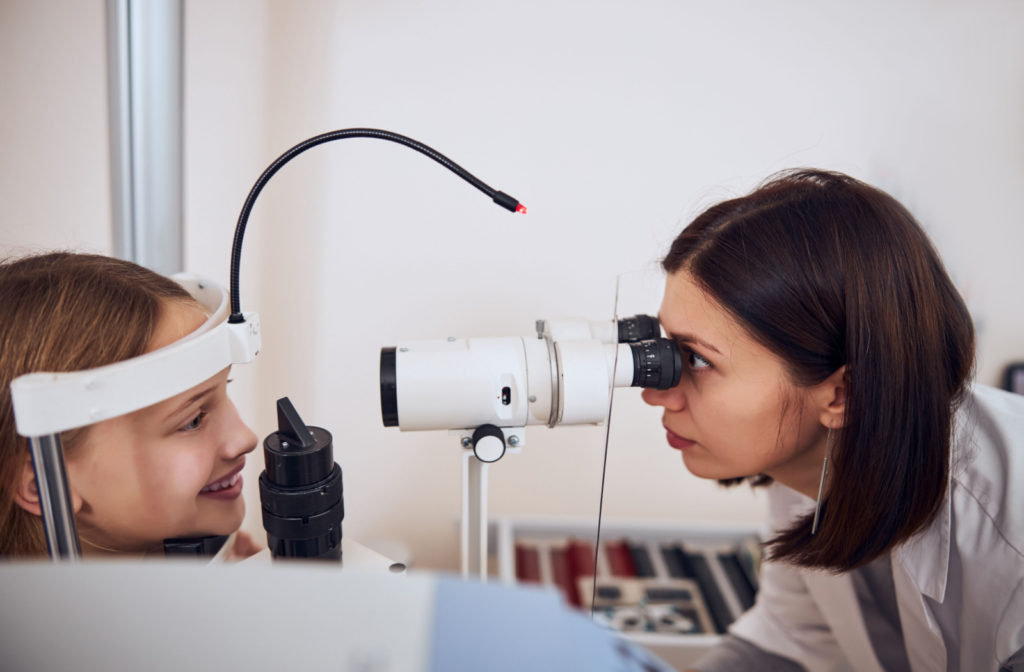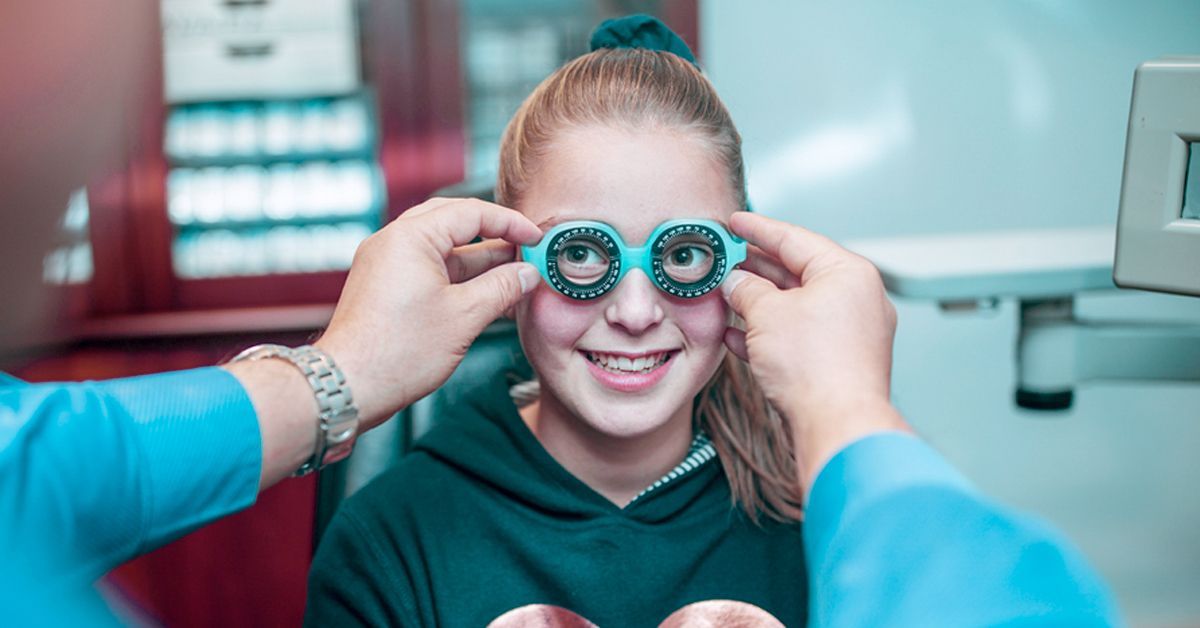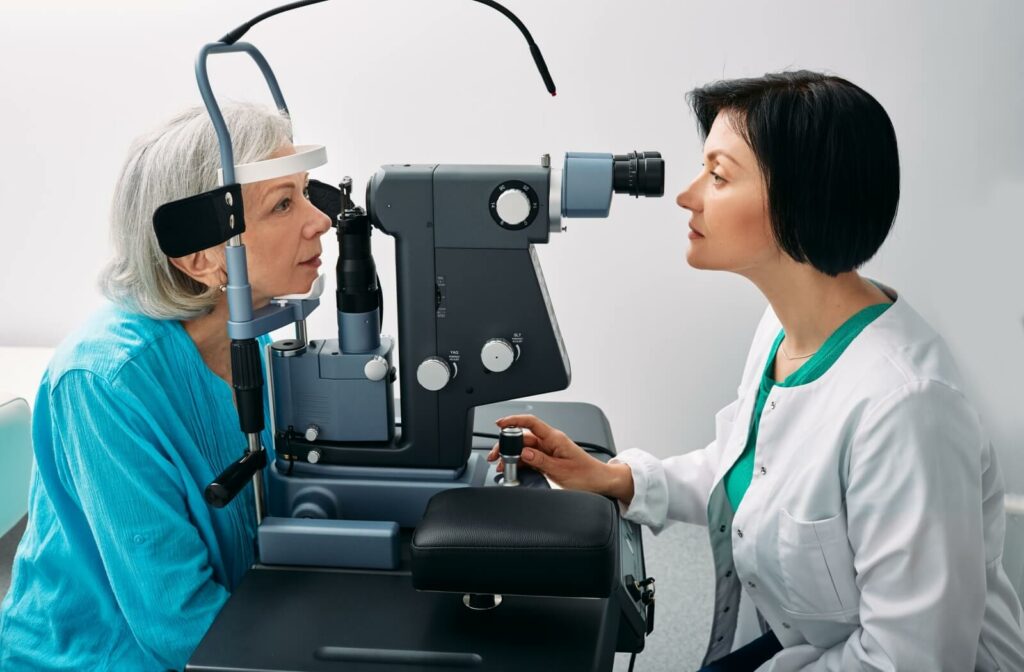Exploring the Most Current Technological Innovations in Optometry and What They Mean for Eye Doctors
From the precision of Optical Coherence Tomography to the nuanced understandings offered by AI-driven analysis tools, these technologies are establishing new standards in patient evaluation and treatment. As these developments penetrate the method, optometrists are faced with the obstacle of accepting these tools to boost individual end results.
Advancements in Diagnostic Tools
Advancing the area of optometry, technologies in analysis tools have actually changed the means eye care experts examine and detect visual impairments and eye conditions. The previous years has witnessed substantial technological innovations, allowing more exact and extensive analyses.
Another secret innovation is the intro of innovative corneal topography systems, which map the surface area curvature of the cornea with precision. These tools are particularly beneficial for suitable call lenses and diagnosing corneal conditions. Electronic retinal imaging has transformed traditional ophthalmoscopy, supplying in-depth, breathtaking sights of the retina that promote comprehensive visual evaluations.
The development of wavefront aberrometry has actually likewise been crucial, enabling the analysis of refractive mistakes with unmatched accuracy (Optometrist Chino). This technology aids in tailoring restorative lenses and improving medical end results for refractive surgical procedures. Collectively, these analysis advancements equip optometrists to provide remarkable patient care, ensuring very early treatment and customized treatment strategies, inevitably improving aesthetic health results
AI in Individual Administration
Building on the foundation of advanced analysis devices, the incorporation of expert system (AI) in client management represents a transformative jump for optometry. AI systems are increasingly employed to boost efficiency, accuracy, and customization in person care. By analyzing substantial quantities of data, AI can determine patterns and forecast possible ocular conditions, allowing eye doctors to tailor interventions better. This capability is important in managing chronic eye illness such as glaucoma and diabetic retinopathy, where very early detection and continuous tracking are essential.
In addition, AI-driven systems promote streamlined individual communications and administrative procedures. Automated scheduling, virtual appointments, and personalized follow-up strategies not just boost patient satisfaction but also enhance time monitoring for specialists. These systems can triage individuals based on the urgency of their conditions, making certain that those in crucial demand obtain punctual focus.
Moreover, AI enhances decision-making by giving optometrists with evidence-based referrals and therapy pathways. By integrating data from digital health and wellness records, AI devices use understandings that notify medical choices, reducing the risk of mistakes and enhancing individual end results. As AI continues to evolve, its function in patient management will likely expand, improving the landscape of optometric care.
Advancements in Retinal Imaging
In the realm of optometry, retinal imaging has witnessed amazing technical developments that are enhancing diagnostic capacities and client treatment. Advancements such as Optical Coherence Tomography (OCT) and fundus digital photography have actually revolutionized exactly how optometrists assess the retina and visualize.
Improved imaging modalities like OCT angiography are additional refining analysis accuracy. Eye Doctor Optometrist. Such advancements facilitate the recognition of minute retinal changes that can represent illness progression.
Furthermore, innovations in man-made intelligence are enhancing retinal imaging by allowing automated analysis of large datasets. These systems aid optometrists in recognizing patterns a sign of pathology, therefore boosting diagnostic accuracy and effectiveness. Jointly, these innovations are changing retinal imaging right into a keystone of contemporary eye care, improving results and expanding therapeutic opportunities.
Teleoptometry's Expanding Role
Teleoptometry is significantly becoming a vital component of eye treatment, driven by innovations in electronic interaction and diagnostic tools. This is specifically helpful in rural and underserved locations where accessibility to specialized eye treatment is commonly limited.
The assimilation of artificial knowledge (AI) more improves teleoptometry, enabling the analysis of aesthetic information and aiding in the detection of webpage eye problems such as glaucoma and diabetic retinopathy. AI-powered algorithms can swiftly interpret complicated imaging data, providing optometrists with beneficial insights that bolster scientific decision-making.
Additionally, teleoptometry supports continuity of care via seamless integration with electronic wellness records (EHRs), enabling eye doctors to maintain comprehensive client histories. When seeking advice from with different professionals., this makes sure that patients obtain constant and personalized care even.
In spite of these advantages, obstacles continue to be, consisting of ensuring information security and handling patient expectations. Teleoptometry stands for a substantial stride towards even more obtainable, reliable, and patient-centered eye care. As innovation evolves, its role is positioned to increase even more.

Future Patterns in Eye Care
A myriad of ingenious patterns is set to improve the future of eye treatment, driven by technical innovations and the advancing demands of individuals. One substantial trend is the combination of artificial knowledge (AI) in diagnostics, which guarantees to enhance the precision and performance of eye evaluations. AI algorithms can assess vast amounts of information from retinal pictures, potentially detecting problems like diabetic retinopathy and glaucoma earlier than conventional approaches.
Additionally, tailored medicine is acquiring traction in optometry, with genetic screening educating customized therapy strategies. This method aims to maximize individual results by customizing treatments to private genetic accounts. Wearable modern technology, such as clever call lenses, is additionally imminent, providing real-time surveillance of intraocular pressure or glucose levels, thus supplying continual insights right into systemic and ocular health and wellness.
The fostering of enhanced reality (AR) and virtual fact (VR) in training and individual education is an additional arising trend. These technologies use immersive experiences that can improve understanding and skills both for patients and optometrists. As these fads progress, optometrists need to stay abreast of technical advancements to give advanced treatment, ensuring better patient outcomes and contentment in the dynamic landscape of eye treatment.
Conclusion

Jointly, these diagnostic innovations equip optometrists to provide premium client treatment, making certain very early treatment and tailored treatment methods, eventually enhancing aesthetic health results.

As these innovations proceed to evolve, optometrists need to adjust and incorporate them into method, inevitably optimizing workflow effectiveness and boosting the criterion of eye treatment delivered to individuals.